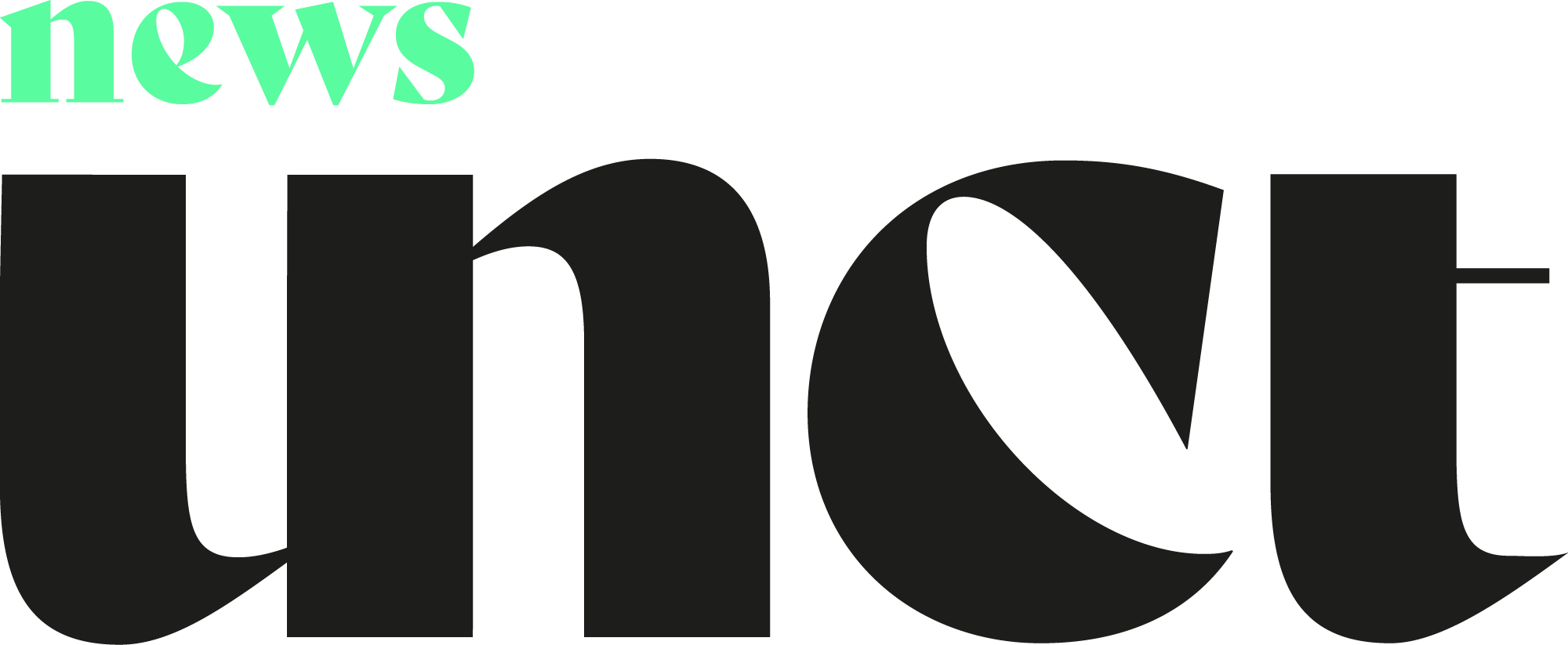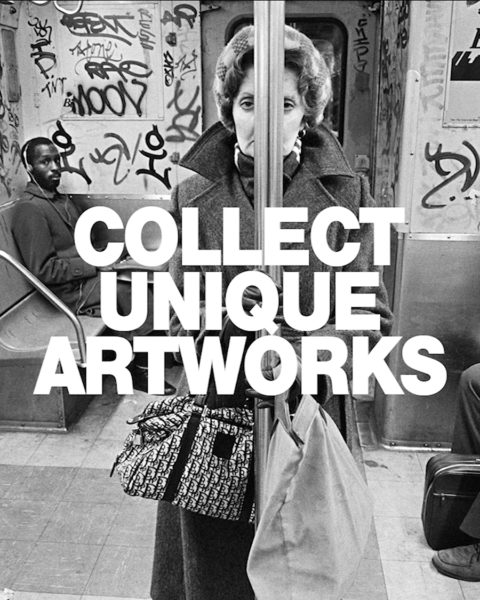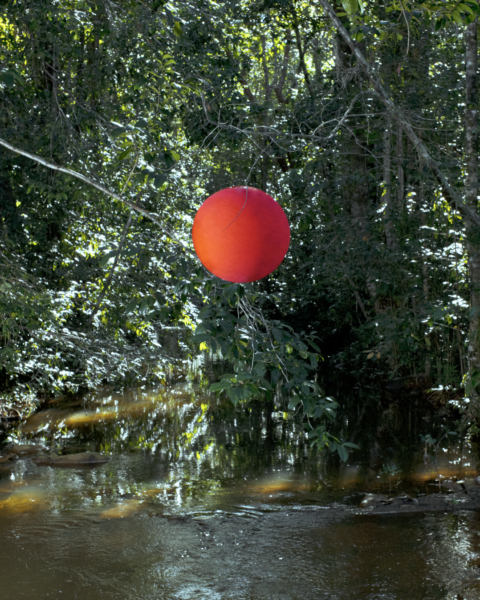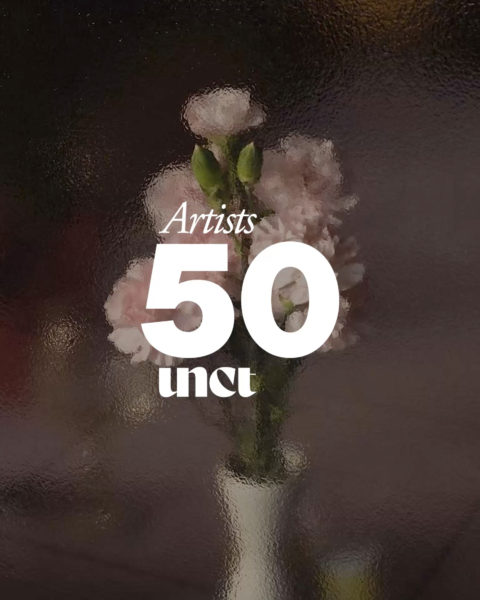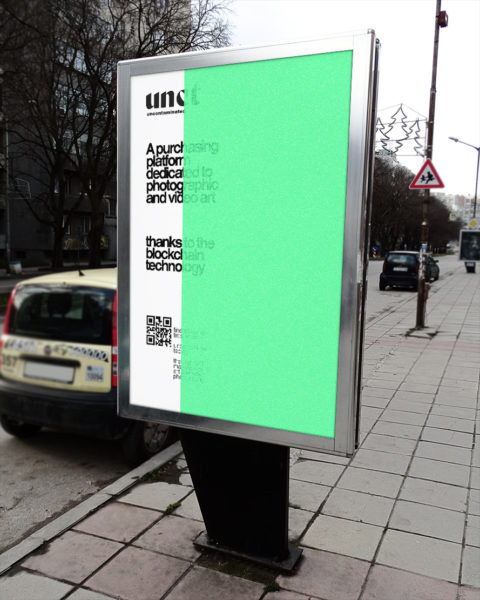What is an NFT?
An NFT or Non-Fungible-Token is a digital asset or a property that can be monetized and used for payments. An NFT has fundamental properties that distinguish it from a cryptocurrency: in particular, while a Bitcoin can be exchanged for any other Bitcoin and the user would not change anything, an NFT is unique and works exactly like an object to be exchanged.
Most importantly, through the collection of an NFT, you receive a traceable certificate of ownership, which can be bought, stored, traded, and sold, where each NFT accumulates value independently. Whereas Bitcoin and NFT share elements typical to the crypto world: they are based on a blockchain (ie a shared and “immutable” data structure), they contain metadata and other information that ensure their authenticity and ownership by an individual, are stored in a digital wallet and remain exclusively digital, there are underlying differences. For example, the value of an NFT is not dependent on the fluctuations of the cryptocurrency market and can be bought with standard international currencies as well.
How is an NFT created?
Typically “minted” or created through an NFT marketplace, after which they can be sold and traded between collectors and investors, each NFT represents ownership of one particular object, so they are non-fungible, in effect, each NFT is different. Yet, NFTs can still be minted in “limited editions”, like prints or photographs, so that one digital asset can be “owned” by 5 or 50 different collectors.
So what can I essentially turn into an NFT?
Not only images, therefore jpegs, png files, and so on, but also GIFs, videos, mp3s, other multimedia contents, paintings, and technically for now, basically anything.
So what’s the advantage?
The usefulness of these tokens is to remove intermediaries of all kinds from transactions, allowing artists, celebrities or even ordinary citizens to create, buy or sell physical assets through its digital representation, all this in a completely safe way.
One of the advantages of this technology is the reduction of fraud. For example, if you can think of an NFT as a unique electronic identifier that certifies ownership of any digital asset—a video clip, a tweet, or digital image. These certificates of ownership are recorded on a blockchain, which can be considered a secure digital ledger.
What’s the added value for Artists?
NFTs arguably solve a real problem for the specific context of the Art Market. In general, digital files (also digital art) can be freely and easily copied, downloaded, and reused, or sold without the artist’s consent or knowledge. NFTs introduce two new important elements: a dimension of authenticity with certified ownership and traceability, whilst generating scarcity, as each digital artwork will only have 1 or a limited number of owners. The combination of certification of ownership and the creation of scarcity, allows digital art to be collected and traded just like non- digital artworks.
Secondly, they may eventually lead to change the way art is traded. Creators of digital artworks can sell directly to collectors through online platforms, cutting out dealers and galleries. Most importantly, the NFT contracts can have a built-in feature that automatically gives artists a
percentage on every resale transaction. This is really interesting for the artists because it allows them to benefit from royalties indefinitely.
What’s the Benefit for Collectors?
By buying an NFT, collectors get access to the artist’s work. They enter in possession of an actual piece of art defined by value, albeit digital, similar to the regular market its worth rarely diminishes. The certificate of authentication and traceability ensures the collectors of the work’s authenticity and intrinsic value, purchasing power, and prestige, appealing to both collectors and gallerists in an ever-increasing technological world.
Just another bubble or the future?
Well, we definitely don’t have the answer to that, but according to NonFungible, there were nearly 80,000 weekly transactions in March 2021 only.
“Traditional high-end auction houses like Christie’s gave the NFT art market the final ‘premium’ endorsement,” (Petterson).
Worth considering, NFT platforms can be very democratic and empowering. They are open and accessible and in the digital era we live in, the possibilities of this type of artwork are practically limitless.

